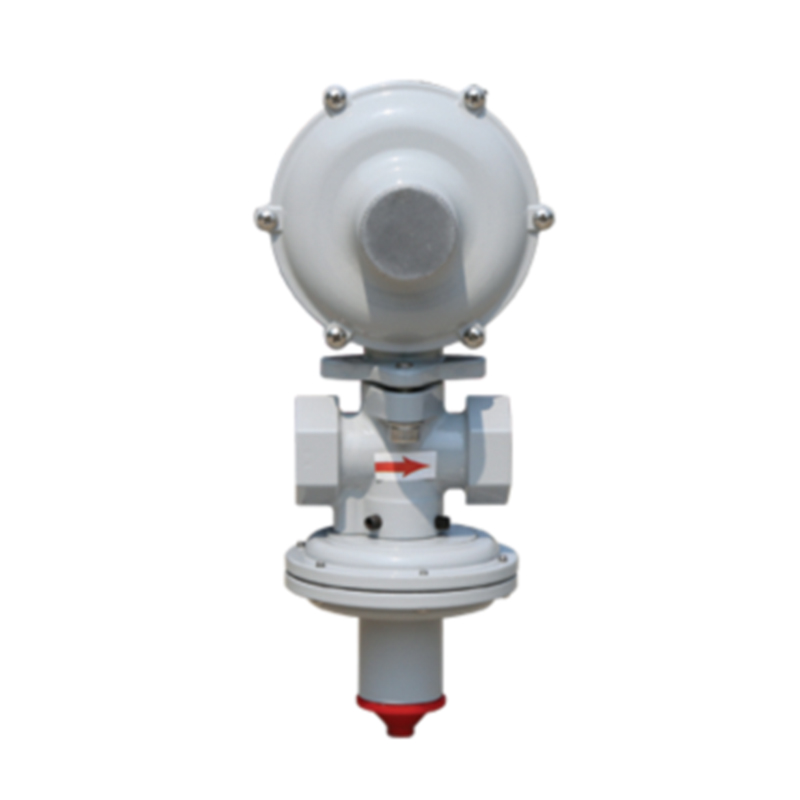
Dec . 06, 2024 15:48
Back to list
cyclone separator
Understanding Cyclone Separators Principles, Design, and Applications
Cyclone separators are vital components in various industrial processes, particularly for separating solid particles from gases or liquids. Operating on the principle of centrifugal force, these devices have proven to be efficient and cost-effective in dust collection, mist elimination, and liquid-solid separation.
Principle of Operation
The cyclone separator operates on a simple yet effective principle the application of centrifugal force. When a gas or liquid enters the cyclone, it is accelerated into a spinning motion by the design of the inlet. This tangential entry introduces a whirling action, causing denser particles within the fluid stream to be thrown outward against the wall of the cyclone. As a result, heavier particles move downward due to gravity, while lighter particles continue upwards, eventually exiting through the top.
The design typically features a cylindrical body with a conical bottom. The inlet is located tangentially at the cylindrical section, creating the necessary spin. The heavier particles settle at the bottom, while the cleaned gas or liquid can be collected from the top outlet. The geometry of the cyclone—the heights, diameters, and angles—plays a crucial role in determining efficiency.
Key Design Parameters
Several key parameters influence the performance of a cyclone separator
1. Inlet Velocity The speed at which the gas enters the cyclone affects both the centrifugal force and the collection efficiency. Higher velocities generally increase separation efficiency, but they may also lead to higher energy consumption and wear on the system.
2. Cyclone Geometry The dimensions and shape of the cyclone determine how effectively it can separate particles of various sizes. Shorter cyclones are better for larger particles, while taller cyclones can achieve finer separations.
3. Cut Size The cut size, or the particle size that the cyclone can effectively separate, is a measure of its performance. Different applications require different cut sizes, ranging from microns to millimeters.
4. Pressure Drop The difference in pressure between the inlet and outlet affects the cyclone's operational efficiency. A higher pressure drop can lead to increased energy usage; therefore, it needs careful management.
Advantages of Cyclone Separators
Cyclone separators present numerous advantages, making them a popular choice across industries
cyclone separator

- Simplicity and Robustness With no moving parts, cyclones are less prone to mechanical failure, resulting in lower maintenance costs and longer lifespans.
- High Capacity Cyclones can handle large volumes of gas or liquid, making them suitable for high-throughput applications
.- Cost-Effectiveness Cyclone separators are typically less expensive to manufacture and operate compared to other separation technologies, such as electrostatic precipitators or bag filters.
- Versatility They can be designed to function in various conditions, handling different types of materials and operating under varying temperatures and pressures.
Applications of Cyclone Separators
Cyclone separators find applications in numerous sectors
- Dust Collection in Industries They are widely used in manufacturing plants, cement production, and woodworking shops to capture airborne dust and particulate matter, thereby improving air quality and workplace safety.
- Oil and Gas Industry Cyclones are commonly used to separate sand and other solids from oil and gas streams, protecting pipes and equipment from wear and damage.
- Food and Pharmaceutical Industries In these sectors, cyclones serve as efficient separators for powders and granules, ensuring product purity without contamination.
- Wastewater Treatment Cyclone separators can also be employed to remove solids from liquid effluents, aiding in the treatment process and enhancing water quality.
Conclusion
In conclusion, cyclone separators are essential in many industrial applications where particle separation is necessary. Their operational efficiency and straightforward design offer practical solutions for managing particulate matter. As industries continue to evolve, the adaptability and effectiveness of cyclone separators will ensure their ongoing relevance in maintaining cleanliness and safety in workplace environments. Understanding their principles, design parameters, and applications can lead to better utilization and enhance separation processes across various sectors.
Latest news
-
Safety Valve Spring-Loaded Design Overpressure ProtectionNewsJul.25,2025
-
Precision Voltage Regulator AC5 Accuracy Grade PerformanceNewsJul.25,2025
-
Natural Gas Pressure Regulating Skid Industrial Pipeline ApplicationsNewsJul.25,2025
-
Natural Gas Filter Stainless Steel Mesh Element DesignNewsJul.25,2025
-
Gas Pressure Regulator Valve Direct-Acting Spring-Loaded DesignNewsJul.25,2025
-
Decompression Equipment Multi-Stage Heat Exchange System DesignNewsJul.25,2025

